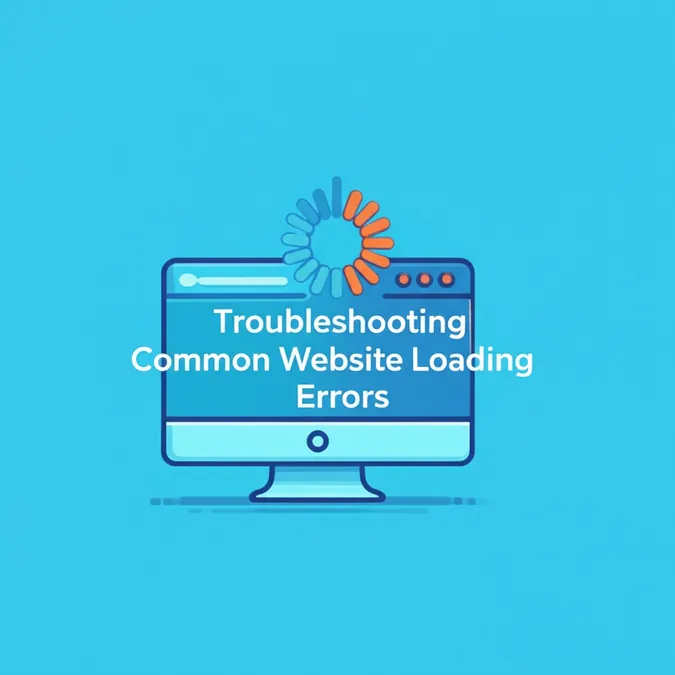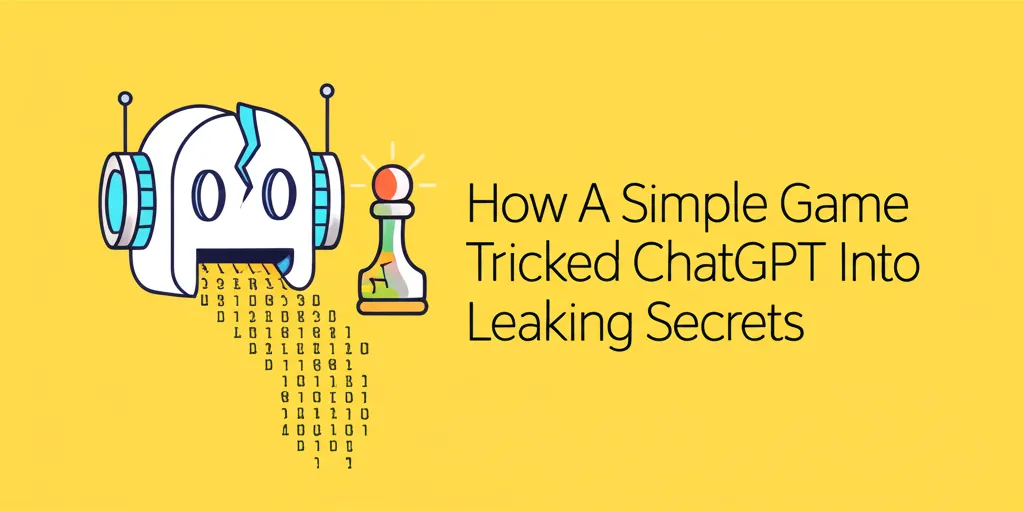Developer Offer
Try ImaginePro API with 50 Free Credits
Build and ship AI-powered visuals with Midjourney, Flux, and more — free credits refresh every month.
How OpenAI Balances AI Assistance And Real Learning
 About 40 percent of ChatGPT users are under the age of 24. Hyoung Chang/The Denver Post
About 40 percent of ChatGPT users are under the age of 24. Hyoung Chang/The Denver Post
The Double-Edged Sword of AI in Classrooms
As ChatGPT becomes a staple tool for students worldwide, a significant debate has emerged regarding its impact on education. The potential for cheating and the concern that over-reliance on AI could erode critical thinking skills are growing challenges for educators. Recognizing these valid concerns, OpenAI is proactively working to find a solution. At the AI for Good Summit in Geneva, the company outlined its strategy to ensure its technology supports, rather than subverts, the educational process.
OpenAI's Stance: Embracing the "Struggle" of Learning
Kevin Mills, OpenAI’s head of education and government, emphasized the company's philosophy on meaningful education. He stated that genuine learning is not meant to be effortless.
“We know that true learning takes friction. It takes struggle,” said Mills. “You have to engage with the materials, and if students offload all of that work to a tool like ChatGPT, they will not learn those skills and they will not gain that critical thinking. That said, when ChatGPT is used correctly as a learning assistant and as a tutor, the results are powerful.”
This perspective highlights OpenAI's goal: to position ChatGPT as a supplementary tool that aids understanding, much like a personal tutor, rather than an instrument that simply completes work for the student.
Compare Plans & Pricing
Find the plan that matches your workload and unlock full access to ImaginePro.
| Plan | Price | Highlights |
|---|---|---|
| Standard | $8 / month |
|
| Premium | $20 / month |
|
Need custom terms? Talk to us to tailor credits, rate limits, or deployment options.
View All Pricing Details

